Dieting has been and it will be a hot topic forever. You have tens if not hundreds of different ones, each sounding more promising than the other. Some work, some don’t work and some mess-up with your mood or even worse, with your metabolism or overall health.
And did you notice that pretty much all diets have a timeframe associated? Follow this diet for 2 months and you will lose 20 pounds, or follow that diet and lose 10 pounds in 3 weeks. What about after those 2 months, 3 weeks, or whatever timeframe that diet is supposed to work? How do you go about maintaining your weight? What can you eat and what you can’t?
A diet isn’t something that you struggle to hold on to for 2 months and then you are done. That just doesn’t work. A diet should be something you can adhere to in the long term. Something you can stick with for the rest of your life. This means it should allow you to enjoy the foods you like, eat how many meals you want and be able to eat out with your friends or family every now and then.
That’s when flexible dieting aka. “If It Fits Your Macros” (IIFYM) comes in. This is a quite popular way of eating especially within the fitness industry and it works wonders. Here’s all you need to know about it.
What is IIFYM?
If It Fits Your Macros is a type of dieting which doesn’t really tell you what to eat or what not to eat. It doesn’t tell you how many meals a day you should have or at what times. It is nothing like that.
Once you have set your calories and macros all you need to do is to design your own personal diet plan which allows you to hit that specific macro split and those calories.
IIFYM will clean your diet
Many people bash flexible dieting simply because they look at it as a diet which allows you to eat whatever you want. The truth is that, even though the diet is flexible indeed, you are not really eating whatever you want.
You are not really just going to eat ice cream, gummy bears and pop tarts all day long. Technically you can “fit” those in as long as you don’t go overboard with the calories and you stick to your macro split. The whole purpose of flexible dieting is to make your diet as easy as possible.
Eating just 1,900 kcal a day or 2,000 kcal a day is not something that enjoyable for a 180 pounds athlete who is trying to go from 12% body fat to 9%.
So with flexible dieting, you are just trying to that 2,000 kcal diet easier on you by including foods that you like. It’s not like you eat whatever you want 100% of the time.
By sticking to your macros your diet will be quite strict, especially when you are cutting, but overall, you will still be able to fit in some of the foods that keep you happy, satisfied and just make you stick with it.
Flexible dieting is a learning process

The thing I like to most about flexible dieting is that it puts your brain to work. You need to find the best foods for you. That’s why I think it is one of the most personalized types of diets out there. You will have to discover for yourself which foods you can fit in your diet, without going overboard with it.
For example, I like cookies. But I never include them in my IIFYM diet because I am not satisfied with eating just 2 or 3 cookies, which would fit my macros. If I have 2 cookies I want to finish the whole box, which would not fit my calories and macros anymore. That’s why I simply don’t have any cookies in my diet at all.
Instead, I found out that high-quality organic chocolate fills me up much quicker and I’m just as satisfied after eating just a small piece of that instead. And that’s what you need to do. You need to find those foods that you enjoy eating, that are satiating enough and that will not sabotage your diet.
I messed up on flexible dieting for a long time because I was trying to fit in the wrong foods that didn’t fill me up. So you need to learn about your body. What do you feel the best on, and what keeps you satisfied in terms of dieting.
It is a learning process that will take some time, there will be some trial and error, but once you figured it out, dieting will never feel like dieting ever again.
Blending IIFYM with Intermittent Fasting
Another really cool thing you can add on to your flexible dieting is to do intermittent fasting. For those of you which don’t know, Intermittent Fasting or IF is a way of arranging your meals throughout the day so that you have a fasting window which is usually longer than your eating window.
There are several IF splits out there, but the most popular one is the “Lean Gains” split which has an 8-hour eating window and a 16 hours fasting window. This means that you have to eat all your food in just 8 hours and then fast for 16 hours straight. Obviously, you can drink water or other things that don’t have a caloric content associated.
Black coffee is a good example.
So what you can do to make your dieting easier is to skip breakfast and push your first meal of the day later in the afternoon. You can drink more sparkling water and maybe some black coffee to blunt your appetite. Then you can have a really big and satisfying meal which will not make you feel like you are dieting at all.
This strategy also makes it really hard for you to overeat and get into a surplus. After all, how much food can you eat in just 1 or 2 meals a day?
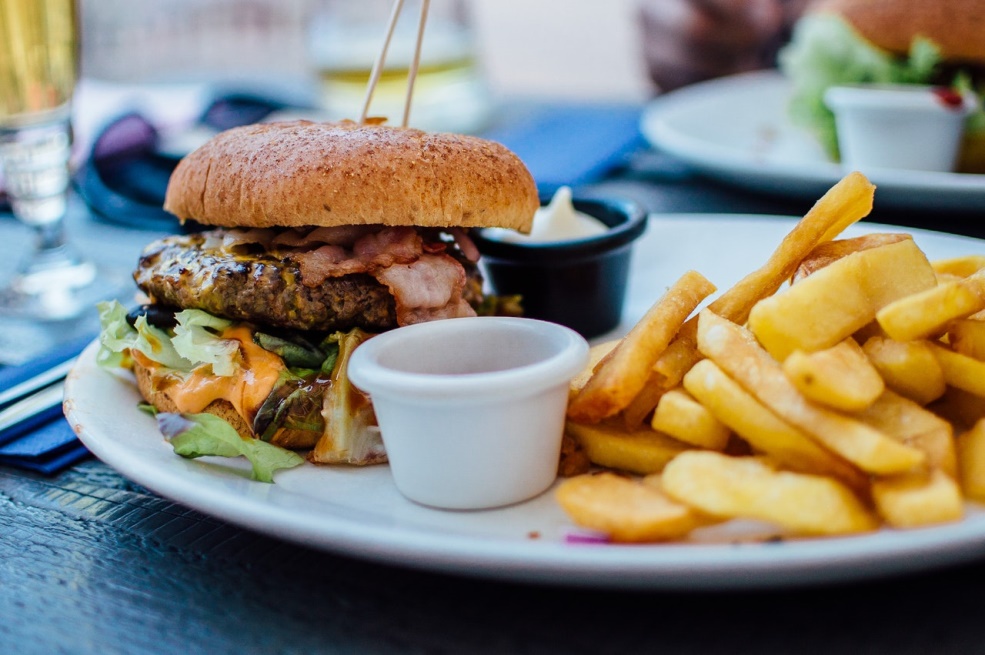
On top of that, when you are doing intermittent fasting and you go for more hours without eating, your insulin levels will drop which will send signals to your body that it’s running low on nutrients and it can tap into the fat storages. And you can accelerate the process by combining this way of eating with a high-intensity workout routine. So that’s a great way of losing body fat.
IIFYM without tracking the macros
Say what? How on earth can you follow an If It Fits Your Macros diet without tracking macros?
Well, the beautiful thing about this type of dieting is that when you structure your diet this way, once you figure it out and you find those foods that you enjoy eating and that keep you satiated and happy. When you do that for a while and you find this diet that is really easy to adhere to, then you don’t have to track the macros.
You don’t need to track the calories anymore.
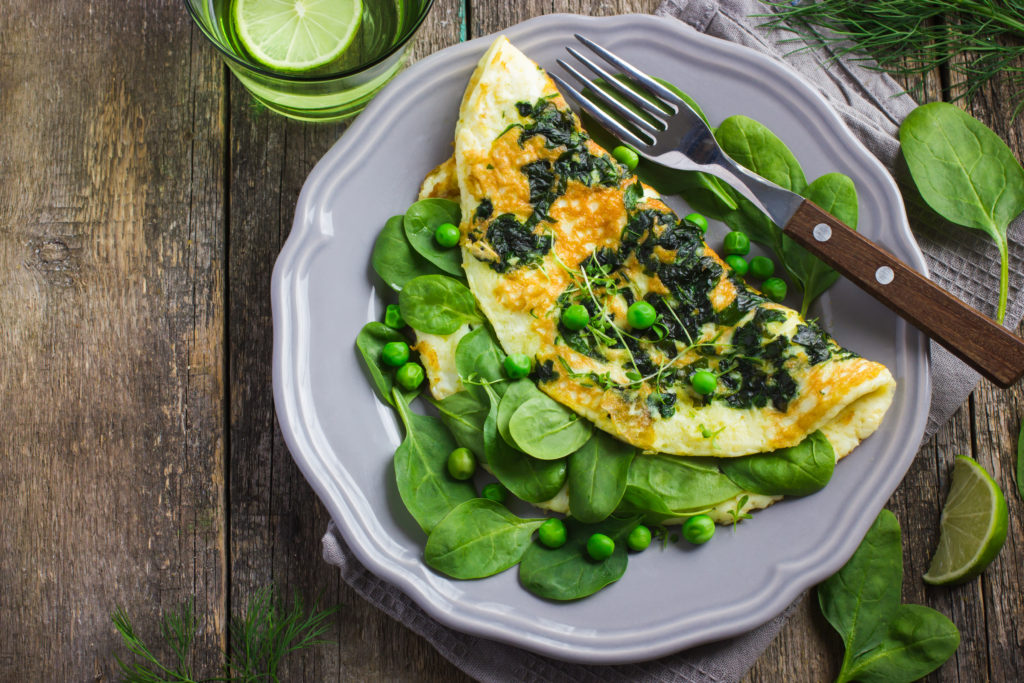
You found the foods that work in tune with your body. You found the foods and the quantities that really hit you and now you can go ahead and just listen to your body. On top of that, you will probably eat the same foods quite often, foods that you already know the nutritional content of, so you will have a rough idea of how many calories you are taking in and maybe a ballpark idea of the macro split as well.
Conclusion
So that’s pretty much all there is to know about flexible dieting, to get you started with the right foods. It is not about eating whatever you want like others are telling you. It is about finding what the best diet is for you. What keeps you the most satisfied on your calories and macros, which is the most logical way to eat if you think about it.
Author bio: Tyler is a NASM certified personal trainer with over 10 years of experience. In addition to training a wide variety of clients, Tyler is also the founder and senior editor of PTPioneer.com; a website designed to help people become industry leading personal trainers. You can also check out PTPinoeer’s YouTube channel as well.

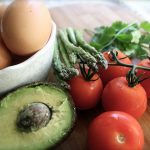




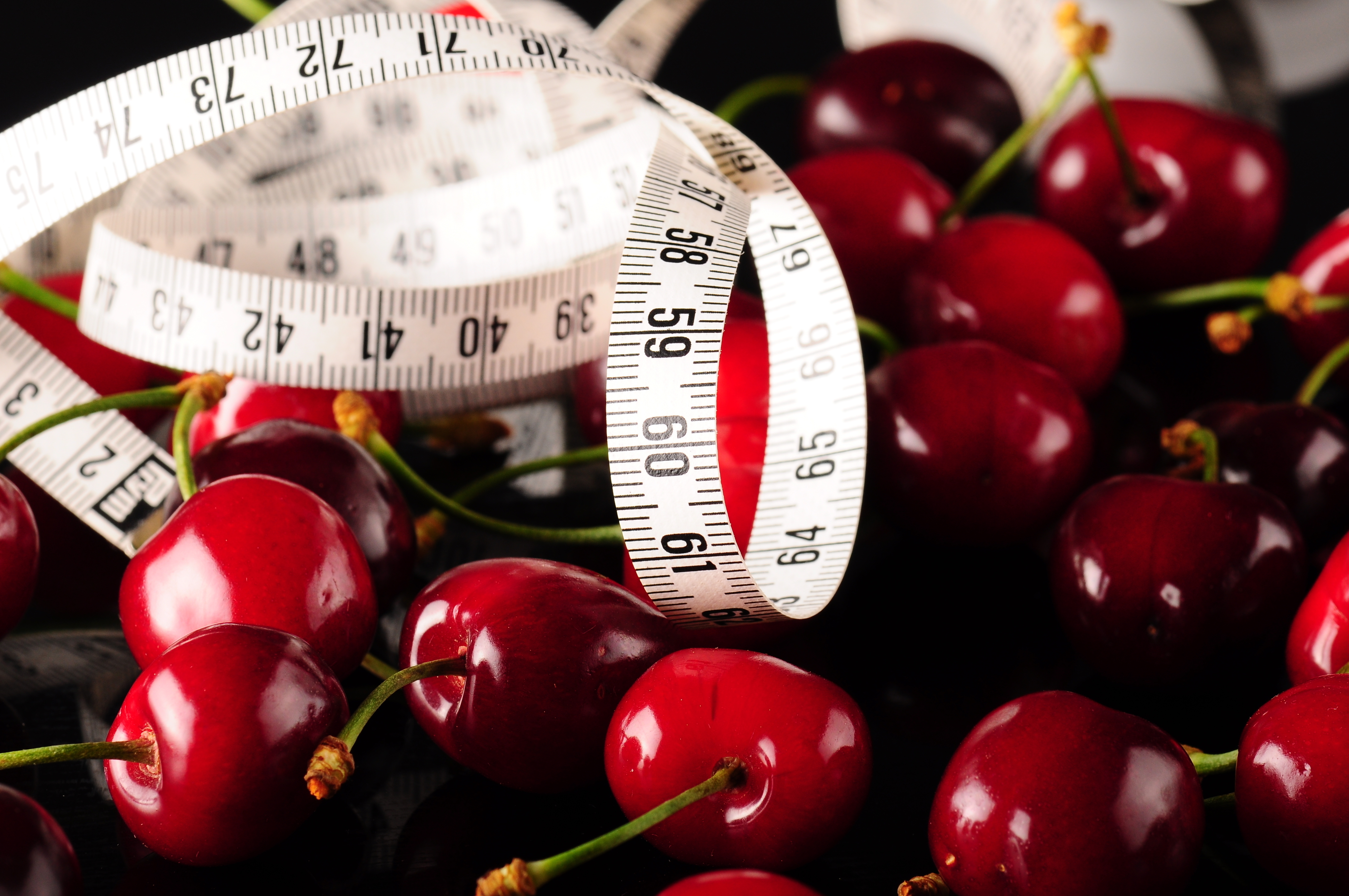
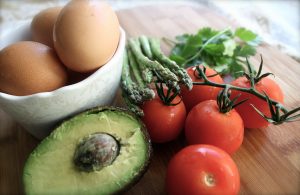

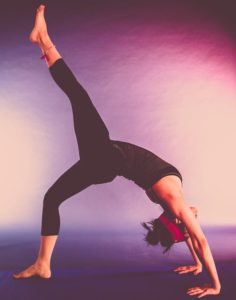

More Stories
Uh Oh! You’ve Gained Some Weight
The Benefits of Almonds in Losing Weight
Pros And Cons Of A High Protein Diet